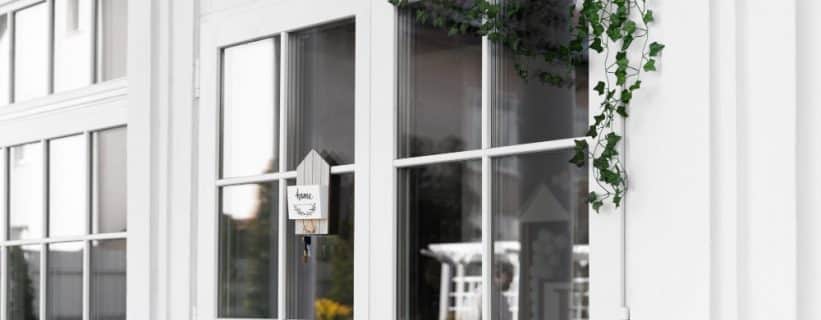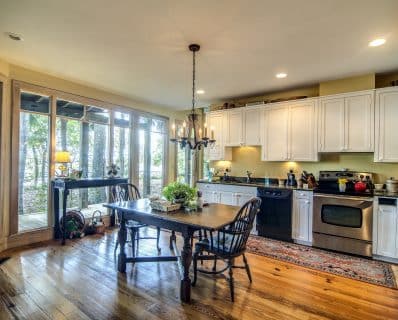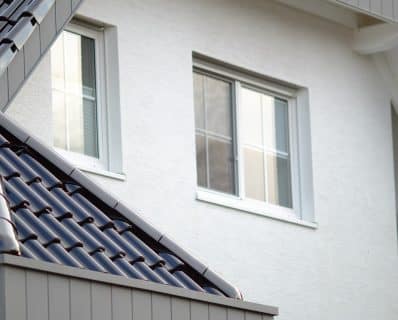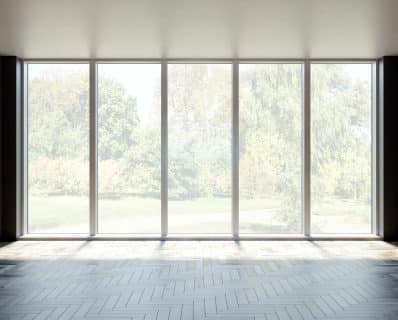Blog

For your laneway house to become the most comfortable and practical dwelling place, just a random window set that looks gorgeous might not always be the best fit. Besides aesthetics, there are a couple more technical details you need to consider before making your final decision. What Is a Laneway House? They might be small […]


When it comes to choosing bedroom door design you may be overwhelmed by different styles and ideas. A bedroom is an important and personal place in the house and it is not surprising that you want to secure it. Keep reading this article to find out more about bedroom door design. Contents1 What Are Bedroom […]


After spending the day at work and coming home, who doesn’t dream of a house with integrated decisions that take the burden off the homeowner’s shoulders? You may not have a smart home, but smart solutions save your budget by keeping your place warm in the winter and not letting the cool air outside in […]


If you’ve long wanted to transform your shower into a space filled with light and coziness, then this article is for you. The atmosphere of the entire shower depends on the window choice. Therefore, it is not only a practical solution but also a way to add some aesthetics. Choosing the right window for your […]


The kitchen is where the whole family comes together, where you start your day with a cup of coffee and a delicious breakfast, and where you gather your circle of friends to celebrate an important event. It’s the heart of any home, which is why it’s so important to us that this place in the […]

 How to Get Rid of Black Mold on Windows: Forewarned Forearmed
How to Get Rid of Black Mold on Windows: Forewarned Forearmed
“My home is my castle” that is what people say about the place they live and recover. Home is a space where a person can hide from the daily bustle and from disturbing news (especially in 2025). It is a place to retire and bring order to the thoughts. However, some people forget that the […]

 Time For a Change: How to Measure Windows for Replacement
Time For a Change: How to Measure Windows for Replacement
Properly selected and installed windows will not only provide your home with good lighting and ventilation, but also create a feeling of coziness and comfort. Just imagine the way your new windows will refresh the interior and bring an atmosphere of spaciousness to your home. All this is possible with HTR comprehensive guide on how […]

 Multiple Ways of Opening Tilt and Turn Windows and Nothing More
Multiple Ways of Opening Tilt and Turn Windows and Nothing More
HTR knows exactly which windows are losing relevance and which are revolutionizing the market. That’s why tilt and turn windows are the ideal solution for your project. They guarantee its successful realization and durability. These windows stand out for their versatility among other offers. Form and function are two words that will help you redefine […]

 Triple vs Double Pane Windows
Triple vs Double Pane Windows
Triple-pane windows are an excellent solution to heat loss. Did you know that up to 25% of heat can escape through windows? To avoid this, you should install triple-pane windows. They consist of three layers of glass, separated by gas-filled spaces. In addition, triple pane windows protect against external noise, making your home even more […]

 Farmhouse Doors and Windows
Farmhouse Doors and Windows
The farmhouse combines features of the past and the present. There is plenty of natural light, and the walls are finished with painted bricks and wooden panels. All details are made in a strict, no-frills style with clean lines. But what modern farmhouse windows and doors are best for this house? Defining Modern Farmhouse Style […]

 Creative Kitchen Window Ideas
Creative Kitchen Window Ideas
If you want to decorate your window, remember that sometimes less is better. There are many ways to make your kitchen window beautiful and comfortable, no matter what kind of home you have. You can choose any style and implement kitchen window ideas, such as painting or decorating the windowsill. Take a look at some […]

 The Best Blinds for Large Windows
The Best Blinds for Large Windows
When the window installation phase is over, people always desire added comfort. Blinds provide this comfort, especially when large windows have just been installed. When choosing the best blinds for large windows, from traditional options, people have more often begun to lean towards modern solutions that meet both aesthetic and functional requirements. Today’s market offers […]

 Sliding Doors with Built-In Blinds
Sliding Doors with Built-In Blinds
Unlike conventional doors, sliding doors with built-in blinds let homeowners easily control light and privacy without harming style. We at HTR Windows and Doors supply all types of sliding doors and can customize them with added accessories. We also recommend sliding doors for those who have limited space. They have sleek designs and space-saving features, […]

 How to Choose Small Window Blinds
How to Choose Small Window Blinds
If you have small windows, then choosing the right blinds definitely may become a real problem. After all, it’s important to create a cozy atmosphere in the room and to provide enough light. Small window blinds are special models that are designed specifically for small windows. They are characterized by their compact size, ease of […]

 Hinged vs Sliding Patio Doors
Hinged vs Sliding Patio Doors
Start your home renovation project with us by reading our new blog post about hinged vs sliding patio doors. Hinged doors are an eternal classic. Sliding doors provide a space-ergonomy function. Choosing between these two can significantly affect how you interact with your patio area, balancing between personal taste and practicality. Contents1 Hinged Patio Doors […]


If you’ve been thinking about window replacement for a while and finally decided to move forward, you might find it’s not as straightforward as it first seems. Picking the right windows for your home can feel overwhelming. The Canadian market is packed with options, each claiming to offer better features than the next. So, how […]

 Choosing The Best Steel Doors for Your Home
Choosing The Best Steel Doors for Your Home
If you desire to change your front door, consider one that will both protect and beautify. The best steel doors for home promise protection and add a sleek surface to your facade. Steel doors, with their unmatched durability and contemporary designs, are a smart investment for any homeowner. Choosing the right steel door means effortlessly […]

 Are Triple Glazed Windows Worth It?
Are Triple Glazed Windows Worth It?
These panes are at the forefront of thermal performance, offering homeowners a solution against energy loss. As heating costs rise and environmental concerns grow sharper, triple glazed windows have emerged as an important component in modern building design. They not only promise enhanced insulation but also contribute to noise reduction, making them an investment that […]


Black windows have surged in popularity, becoming a go-to for modern and industrial home design. Their bold frames make a statement against any facade, contrasting sharply with lighter exteriors or complementing darker ones. The use of black windows can transform a space, making it a reference point for both interior and exterior design elements. They […]


Natural light streaming through windows not only brightens interior spaces but also provides multiple health advantages. The benefits of sunlight through windows encompass psychological and physical well-being enhancements. Exposure to natural daylight can: Regulate circadian rhythms; Improve mood; Increase productivity. Moreover, it serves as a source of vitamin D synthesis in the body, essential for […]
